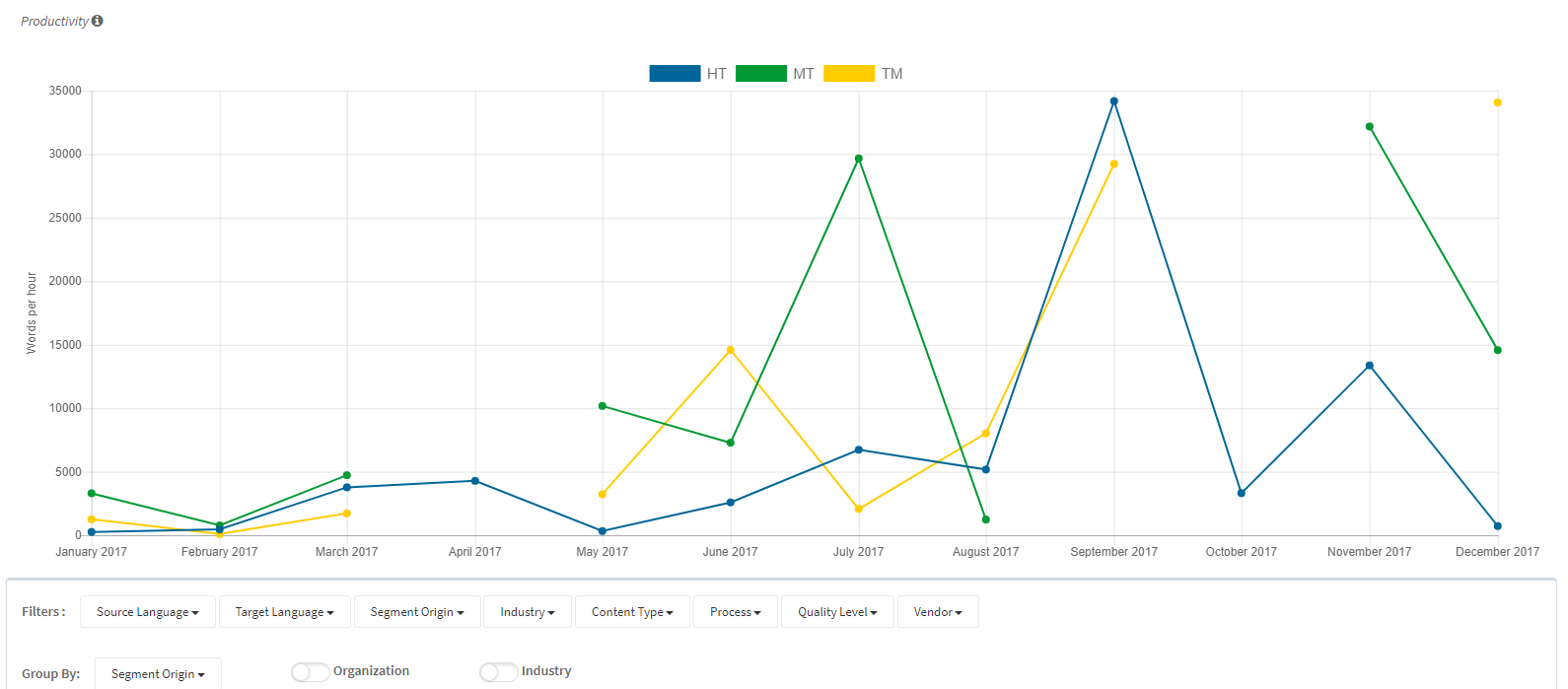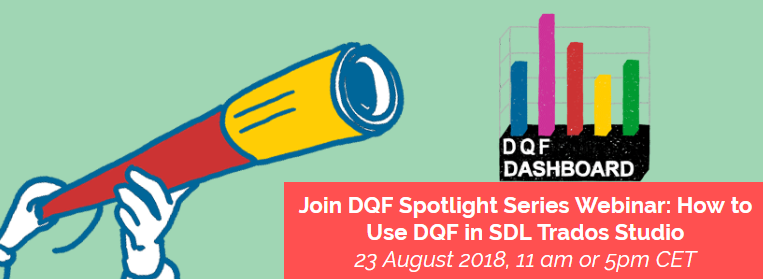Introducing DQF Trend Reports

Since July 2018, the TAUS Quality Dashboard features the first set of trend reports on translation productivity and correction density. In this post, we list the benefits that DQF (Dynamic Quality Framework) API users can get out of the TAUS trend reports.
Today almost everyone seems to own some sort of an activity tracker which counts the steps taken, calories burnt and hours slept. The most dedicated users measure their performance on an everyday basis, collect achievement badges and proudly share their milestones on social media. In the same way, modern marketing professionals use marketing automation tools to track the performance of product campaigns, website visitor drop off rates and many other indicators.
In this datafied world, the translation and localization industry still seems to be lagging behind. Feedback on translation quality is still largely sporadic and biased. Measuring the productivity and efficiency of translation resources is considered unnecessary, since the translation vendors mostly get paid per word and the time factor is, surprisingly, irrelevant. As Synergium’s use case illustrates, more and more organizations use machine translation with the expectation that it will lead to higher productivity. This expectation is often based on assumptions, without real data to back it up.
Where do you find this data?
Since July 2018, the TAUS Quality Dashboard features the first set of trend reports on translation productivity and correction density.
Here are some of the benefits DQF API users can get out of the trend reports:
- Track the performance of their resources over time and benchmark it against the industry averages.
- See how the productivity compares in machine and human translated content across different languages, vendors and content types.
- Zoom into a specific process type and find out if the newly trained MT engines delivered the expected results per year, month, week or even per day.
Edit Density and Error Density Reports On the Way
Additional trend reports on translation edit density and error density will be released soon. The report on edit density will illustrate the trends in the average edit distance, which tends to be another underrated translation metric. It captures the number of edits that the translator made when working on the pre-translated content. Correlated with the productivity results, edit density can offer invaluable insights into the translation process. Does low edit density always imply high productivity? In some cases, translating one phrase might take more time and effort than translating the whole paragraph. Is the most productive translator also the one delivering the best quality translation? Find out by correlating the productivity rates with the error density results by using the upcoming edit and error density reports.
Interested to know more? Contact us at dqf@taus.net.

Dace is a product and operations management professional with 15+ years of experience in the localization industry. Over the past 7 years, she has taken on various roles at TAUS ranging from account management to product and operations management. Since 2020 she is a member of the Executive Team and leads the strategic planning and business operations of a team of 20+ employees. She holds a Bachelor’s degree in Translation and Interpreting and a Master’s degree in Social and Cultural Anthropology.
 by Dace Dzeguze
by Dace Dzeguze by Milica Panić
by Milica Panić by Dace Dzeguze
by Dace Dzeguze


